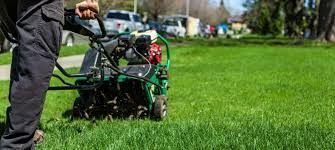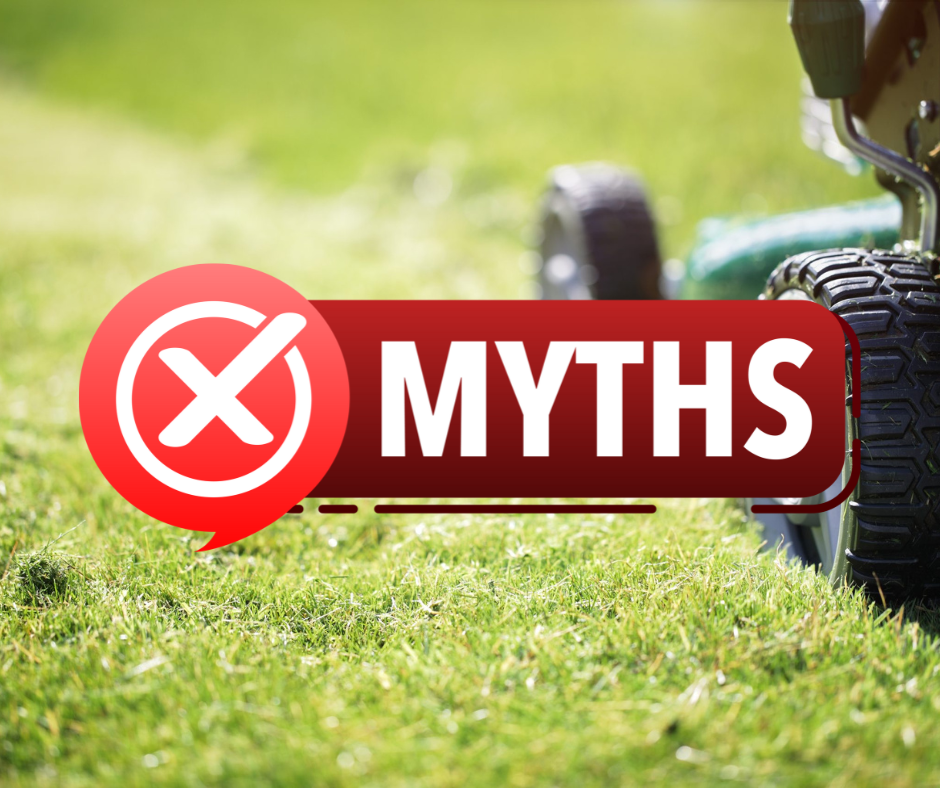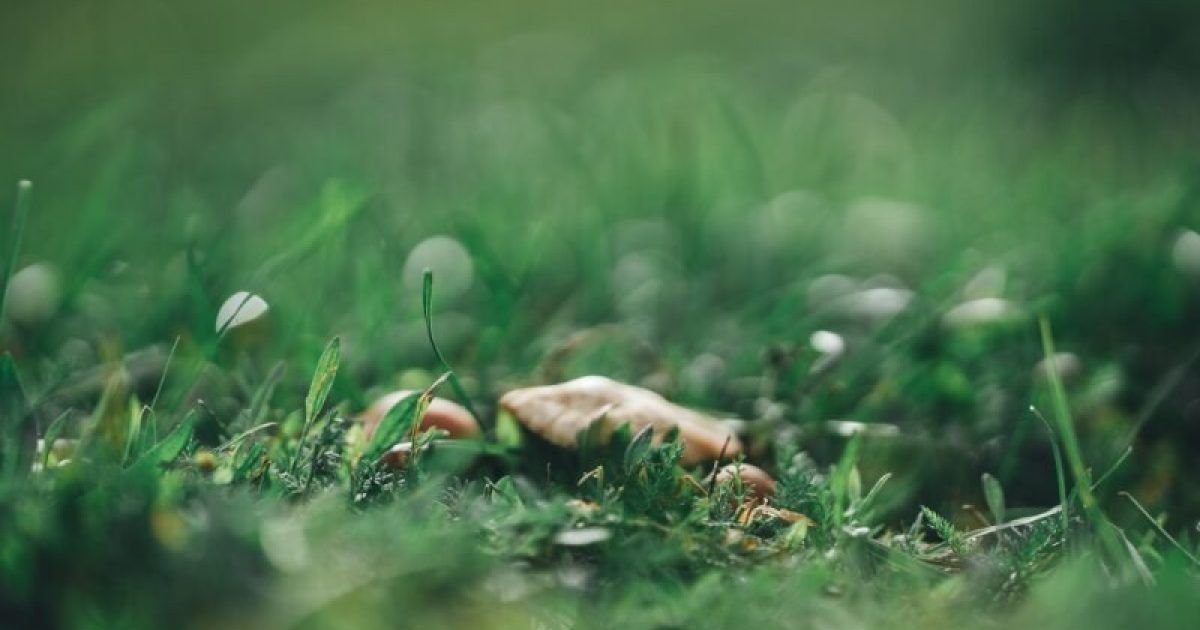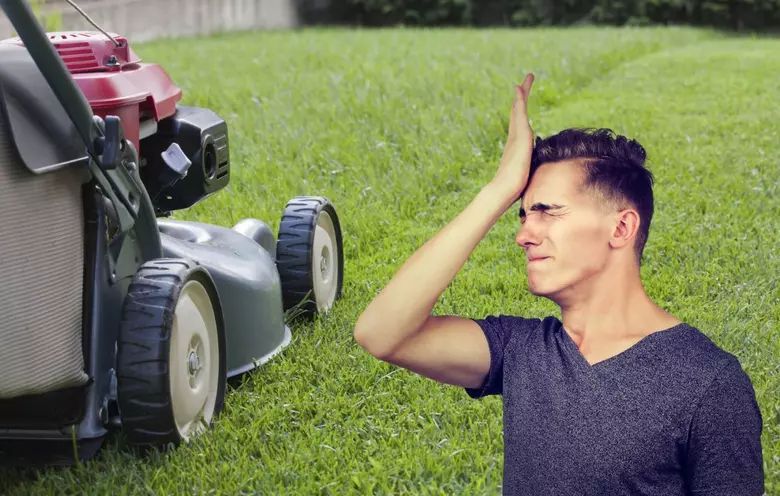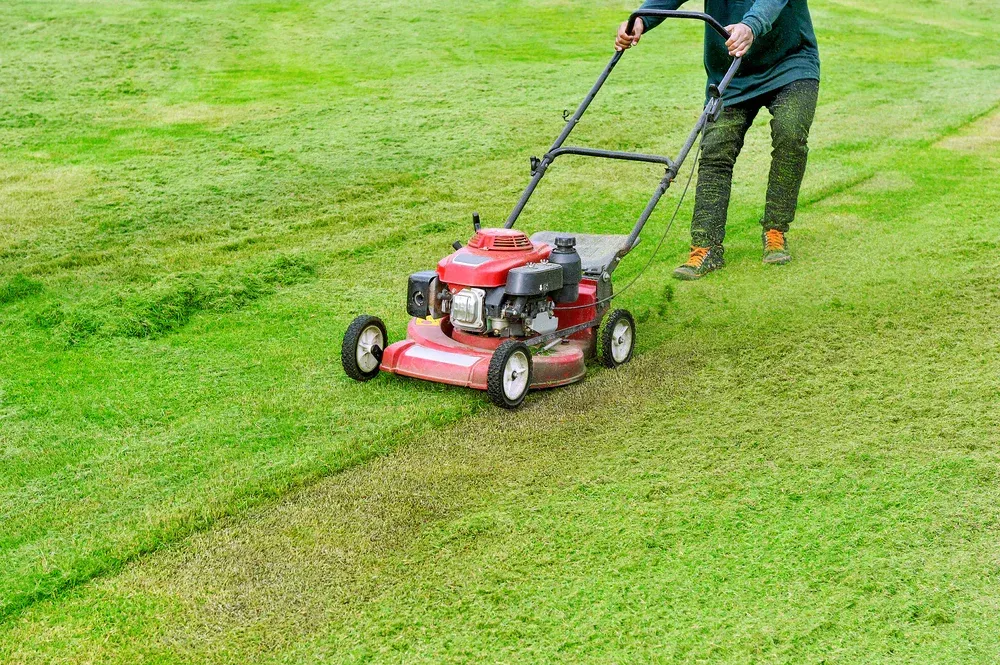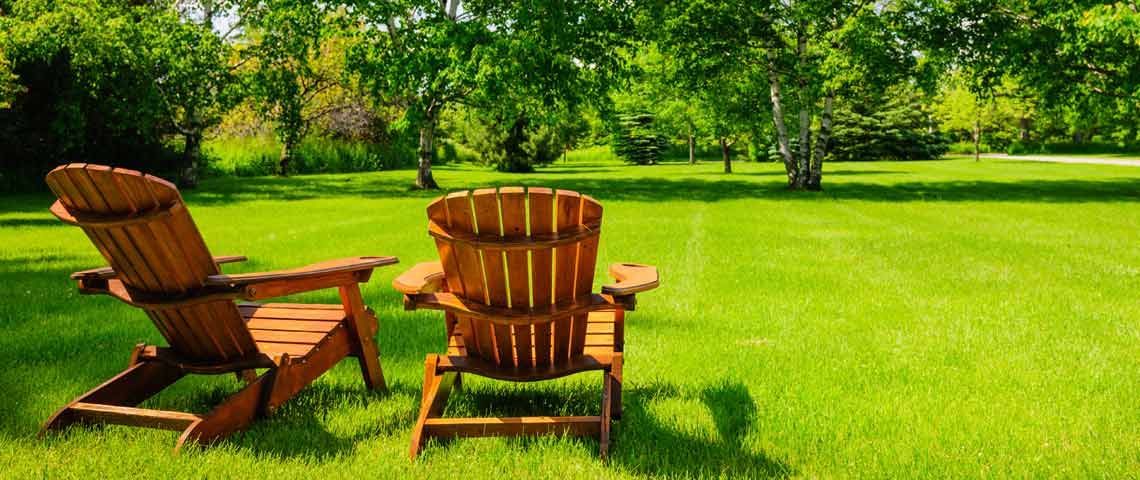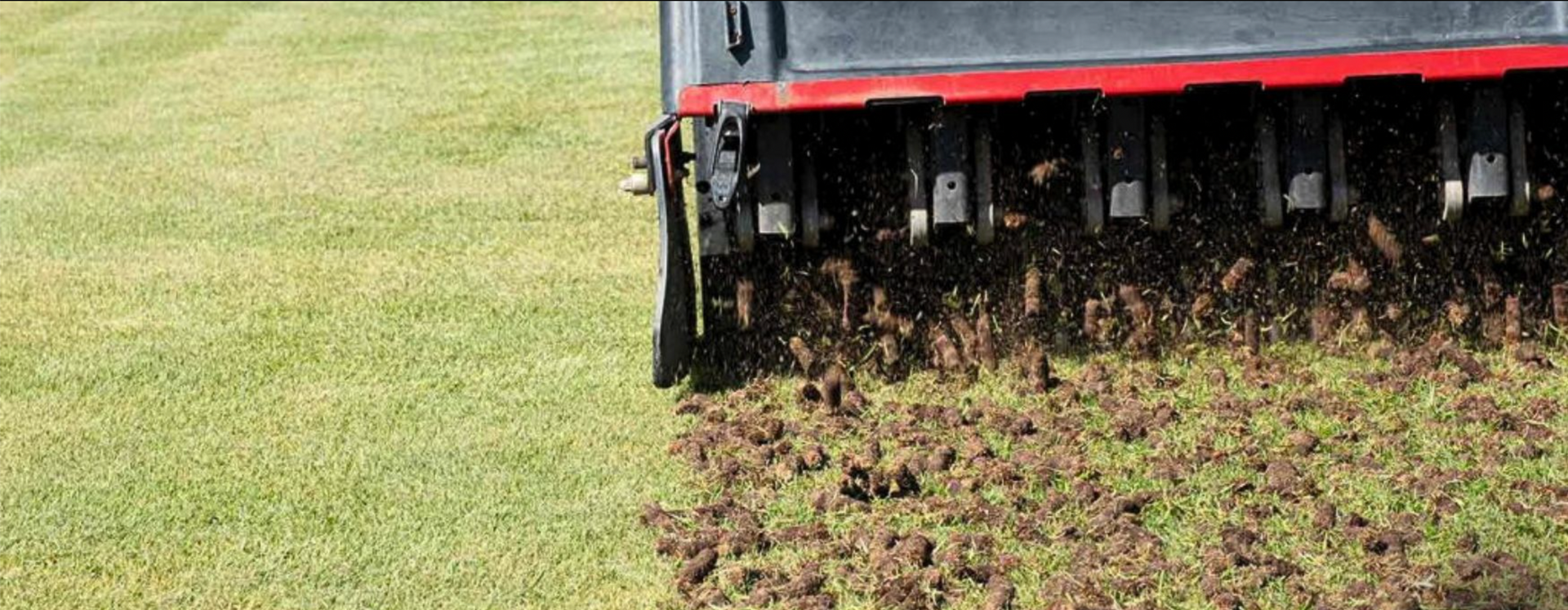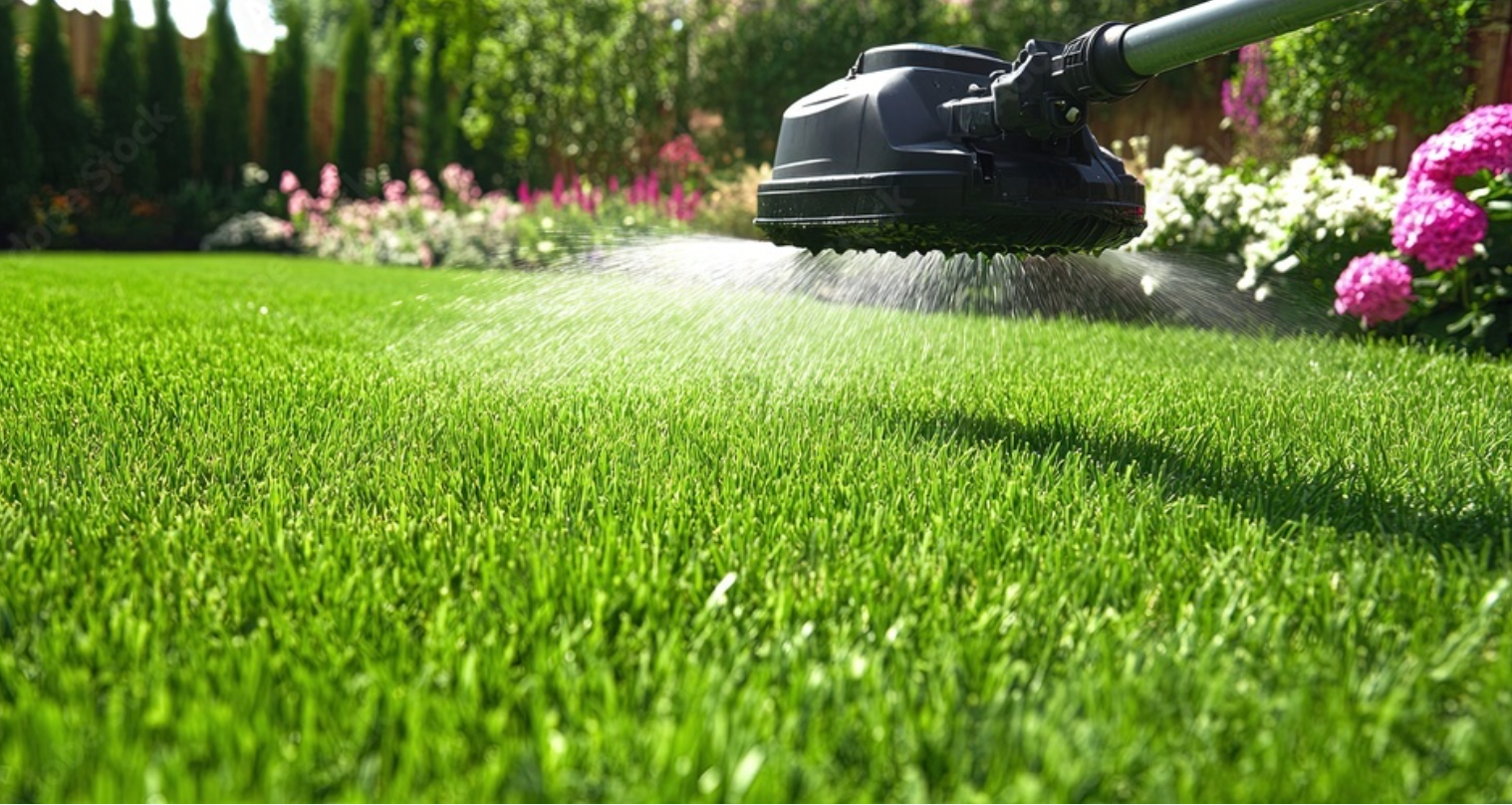Insect Damage: The Silent Destroyers of a Healthy Lawn
Your lawn may look healthy on the surface, but beneath the blades of grass, destructive pests could be wreaking havoc. South Carolina’s warm climate creates the perfect environment for a variety of lawn pests, many of which can quickly turn your lush, green lawn into a patchy, damaged mess. At Nature’s View Lawnscapes, we know what it takes to protect your turf from the most persistent invaders. Here's your guide to identifying and stopping the most damaging lawn pests in the Palmetto State.

1. Grubs (White Grubs)
What they are: Grubs are the larvae of beetles, such as Japanese beetles, June bugs, and chafer beetles. They live underground and feed on grass roots.
Signs of damage:
- Brown, spongy patches of grass
- Grass that easily lifts up like a carpet
- Increased presence of birds, raccoons, or armadillos digging up your yard
How to stop them:
- Apply a grub control treatment in late spring or early summer
- Use beneficial nematodes or milky spore as organic solutions
- Keep your lawn well-aerated to reduce beetle egg-laying opportunities
2. Chinch Bugs
What they are: Tiny, sap-sucking insects that feed on grass blades and inject toxins that kill the grass.
Signs of damage:
- Yellowing or browning patches, especially during hot, dry weather
- Damage typically begins in sunny areas and spreads quickly
How to stop them:
- Keep thatch levels low through regular aeration
- Apply insecticides or consult professionals for a safe, targeted treatment
- Water deeply and consistently to help your lawn recover
3. Mole Crickets
What they are: Nocturnal insects with powerful front legs used for tunneling through soil, damaging grass roots and disrupting the lawn structure.
Signs of damage:
- Soft, raised ridges in your lawn
- Thinning or wilting grass above tunneling activity
- Distinct chirping sound at night in spring and summer
How to stop them:
- Apply insecticide treatments in early spring before they become active
- Use a soapy water flush test to identify infestations
- Maintain proper lawn health to minimize long-term damage
4. Sod Webworms
What they are: The larvae of lawn moths that feed on grass blades at night.
Signs of damage:
- Irregular brown patches
- Silky webbing in the thatch layer
- Lawn moths flying around at dusk
How to stop them:
- Mow your lawn regularly to reduce their habitat
- Apply biological treatments like Bacillus thuringiensis (Bt)
- Water and fertilize your lawn to help it recover from feeding damage
5. Armyworms
What they are: Caterpillars that feed on lawns in large numbers, especially after warm, wet weather.
Signs of damage:
- Rapid defoliation—brown patches appear almost overnight
- Chewed grass blades
- Sightings of striped caterpillars on the lawn
How to stop them:
- Treat quickly with a targeted insecticide if you spot an infestation
- Maintain a healthy, thick lawn to deter egg-laying
- Regularly inspect your yard during peak season (late summer to early fall)
Trust the Pros to Protect Your Lawn
Keeping your lawn pest-free in South Carolina can feel like a full-time job. That’s where Nature’s View Lawnscapes comes in. Our expert lawn care and fertilization services are designed to prevent and control pest problems before they take over.
We use safe, effective treatments and take a proactive approach to lawn health—because a strong lawn is your first defense against pests.
📞 Call us today at 864-416-5119 to schedule a pest inspection or start a customized lawn care program. Protect your yard and enjoy a greener, healthier lawn all year long!



